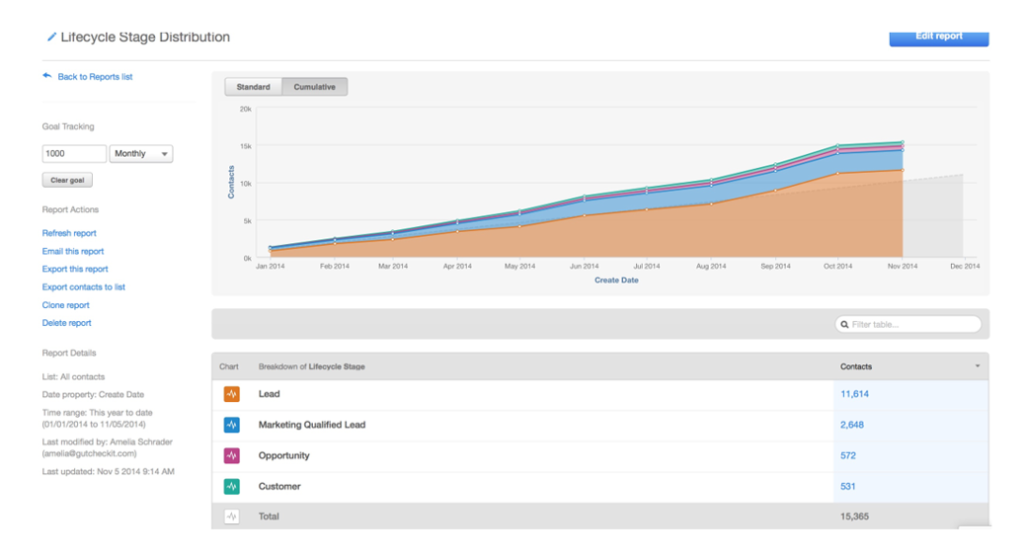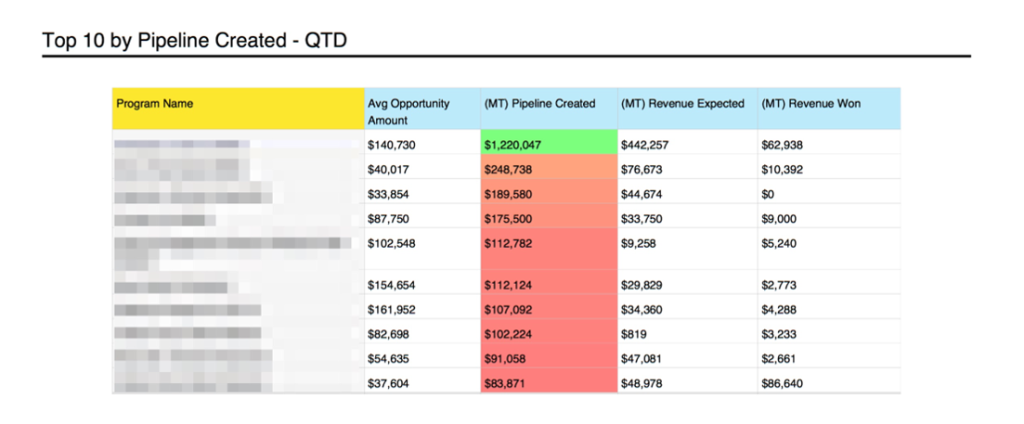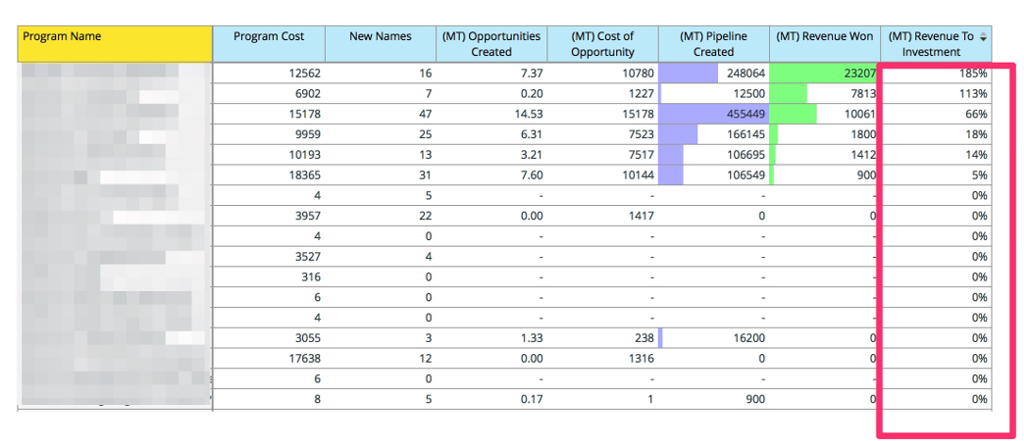
As the marketing technology universe expands at an astonishing pace, the data at our fingertips is greater now than ever before. This is both exciting and frightening. Why? It’s exciting that marketers can now track a campaign’s impact all the way through the funnel to generate revenue insights. However, it’s frightening that the sheer volume of data often leaves marketers grasping for what is easy to measure (pageviews, visits, followers) vs. what is important to measure (MQL’s, Opportunities Generated, Pipeline Contribution for B2B; Shopping Cart Abandonment rates, Content and Channel tactic Effectiveness rates for B2C…).
Modern marketing tools offer the ability to measure any number of digital interactions made by visitors, leads and customers—and while all are interesting, few are actionable. When selecting the Key Performance Indicators (KPIs) for your organization, it’s important that you select indicators that will allow you to generate insights from and take action to change.
This post will explore four foundational KPIs for B2B marketers that Mambo leverages to help our B2B clients measure, optimize and improve their marketing efforts. If you aren’t currently measuring or don’t know how to measure these metrics, please get in touch—we love geeking out on data!
KPI 1: Marketing Qualified Leads (MQL)
Generated per week/month/quarter/year
A Marketing Qualified Lead (MQL) is someone whose online behavior is an indicator of further sales readiness beyond that of a lead. Typically, a lead becomes an MQL when they have engaged with key content pieces, such as pricing page, demo page or other high engagement indicators. The contact then reaches a lead scoring threshold that triggers their progression to a new stage in the funnel.
KPI 2: Sales Qualified Leads (SQL)
Generated per week/month/quarter/year
A Sales Qualified Lead (SQL) is someone who has been accepted by sales as worthy of a follow-up contact.
Insight into the number of SQLs generated helps to align both marketing and sales to understand if the leads that marketing believes to be qualified (MQLs) are truly being accepted and worked by sales. This helps to prevent the age-old back and forth of “The Leads Suck vs. You Can’t Close Sh#t!” debate. Insight into SQLs can also enable meaningful discussions about why MQLs are or are not being accepted so that marketing can then improve their content and nurture strategy to pass off the right leads at the right time.
Measurement of MQLs instead of just measurement of leads is increasingly important as raw lead counts can be inflated with SPAM submissions, existing customer submissions with alternate emails not in the database, partner submissions or unqualified lead submissions. MQLs helps to give marketing managers a better understanding of the quality of their lead generation efforts.
KPI 3: Opportunities/Pipeline
Generated per week/month/quarter/year and Top Performing Programs
An Opportunity is an individual or account that sales has connected with and has determined that there is a real sales opportunity for the businesses to work together, and therefore created an “Opportunity” designation in their CRM.
Visibility into the number of Opportunities that are generated helps, at a high level, to indicate to both marketing and sales that they are generating, nurturing, and positing to qualified leads. At a deeper level, having a unique lifecycle designated to Opportunities helps to further drill down on what programs influenced the Opportunity. Multi-touch attribution can help to further understand which programs are “Opportunity-generators” and which programs are “Opportunity accelerators”.
Closed Won/Revenue
Generated per week/month/quarter/year and Top Performing Programs
Ah, the holy grail. The days of “I know half of my money in advertising is wasted, the problem is I don’t know which half” are largely over!
Having closed-loop reporting in place provides the ultimate insight into what you get for what you put in. Closed loop-reporting is the first step in predictive modeling as once you’ve answered the question “If I invest x, how much do I get back for my investment in won revenue?”, you are then able to build a model based off of your historical data. If I told you that if you put in $1 you will get back $5, how much money do you want to put in, the answer will always be, “as much money as I have”, and it should be!
Your finance team will love you forever for giving them the ultimate security blanket: a repeatable, predictable, and scalable revenue model. You won’t always be as lucky to recognize 5-fold returns, but having insight into what’s working and what’s not, will have you there sooner than you think.
Are you feeling lost in a sea of data? Download our Free eBook:
![[Free Ebook] The Six Marketing Metrics Executives Actually Care About](https://no-cache.hubspot.com/cta/default/451075/2935fd94-1133-454b-aaf9-d06fb4b83db6.png)
Or, keep reading: 7 Things to Consider When Defining Your Marketing Automation KPIs.






Sorry, the comment form is closed at this time.